Many cities still have green areas in various forms, despite the fragmentation of their ecosystems. The call for integration of built form with nature is now more explicit and can be discerned from the Sustainable Development Goals of 2015 as well as the New Urban Agenda of 2016.
Kampala, like many developing cities, has problems & opportunities. Its nature, if conserved, can enhance ecosystem services.
There is motivation both from global goals and local needs for cities in different ecologies to make progress in enhancing ecosystems within their territorial extents, as well as beyond. This impetus becomes even more compelling when a city comparatively exhibits more opportunities for ecosystem enhancement because of the existing building blocks it contains. As noted by Myers (2016), many cities in developing countries have been seen and described as sites of problems—poverty; deficiency in infrastructure; and places of high risk to climate-induced, as well as other types, of perils [1]. But not so much literature or practice views these cities as sites of opportunities for enhancing ecological processes that have local as well as regional and global benefits.
Kampala city fits this categorization as a site of perils characterized by inherent development problems. But Kampala city also exhibits opportunities which need to be harnessed. In this article, I present five reasons why Kampala’s nature, if conserved, can enhance ecosystem services—and why the city should conserve these resources.
- A disjointed mosaic of green patches needs connectivity
Kampala city has recently become characterized by sporadic development, where plots of differing sizes are opened up for construction of housing, infrastructure, or industrial development. This development represents a transformation of natural areas with vegetative cover to grey-red impervious surfaces [2]. The reasons for these transformations notwithstanding, the form in which the seemingly unsystematic opening of land for development occurs is the concern here. The resulting pattern in some areas can be described as unconnected, with isolated patches of green having either been left intact or having regenerated with time as development slows down. These green patches may be viewed as problematic because open land areas are associated with flood risk and reduced water quality.
But, as Myers mentions, opportunity lies in spatially linking up the small patches of green along the wetland in Kampala, joining hilltops and valleys to create corridors for plant and animal life. This outcome of planning requires a move from micro-level planning to meso-scale and city-regional levels of planning, so that the spatial linkages of the patches can deliberately create a mosaic that enables nature to thrive in the city. As noted in my earlier articles for TNOC, everything from primates and small- to medium-sized mammals, from aquatic animals and plants to trees, can thrive in a mosaic that is more spatially linked. Corridors would enable migration and temporal movement of wildlife.
In this way, Kampala can formulate a deliberate plan for conservation through planning for ecological mosaics. But more importantly, Kampala should actually create this green-patched mosaic because of its co-benefits to residents and commuters in the city. With industrialization increasing and energy originating mainly with fossil fuels in the city, coupled with the regional climatic influences of westerly air mass systems that blow sand from the Sahara desert, air quality in Kampala is likely to worsen [3]. For example, from August 2016 to December 2016, the daily average temperatures in Kampala have been above the average of 28 degrees C [4]. A mosaic of connected green patches would increase ecosystem services of moderated micro temperatures, improved air quality, and improved water quality for people in this cityscape. Thus, planning for local, specific ecosystem enhancement is a must for a city such as Kampala.
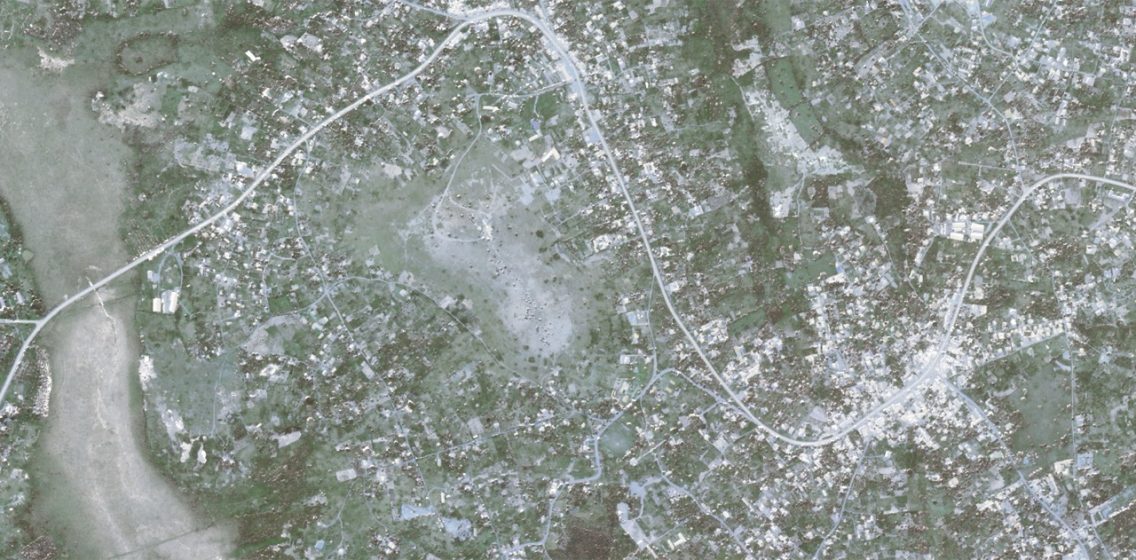
- Nature on hilltops is critical for the city
Kampala is characterized by a geography and geology of rolling plateaus with wide valleys in which a lining of wetlands exists. This geological nature dictates that care must be given to the interlinkages between hilltops and valleys, which influence several ecosystem services, including drainage of the city. If vegetated, they play the vital role of protecting soil from erosion; if erosion proceeds, it can have various harmful consequences. The ecology of Kampala in this respect can be described as a remnant of a rainforest terrestrial system which, in its current form, is interspersed with built forms. The weaving in of built forms has greatly altered the ecosystem, and many hilltops are patched with built-up or bare land areas. Indeed, hilltops are preferred by high-income people for housing developments, so these areas are on the high end of the land value gradient. This valuation triggers a competition between nature and urban built forms on hilltops. Establishing a minimum vegetation threshold for these landscape elements would have benefits to the ecosystem and to the residents or users of the city.
Trees, in particular, are critical for many ecological reasons. First, patches with trees provide a service of wind breaks and regulated storm flow as excessive precipitation patterns increase. This will become important in the context of a changing climate pattern. Secondly, trees provide habitat for various animals that are needed in the city for continued ecosystem functioning. Thirdly, trees can reduce the effects of intense storms that detach soil particles which, when the land is cleared of trees, accumulates as runoff and erode soils. Such erosion, which drains silts (whether natural or channelized) can be costly for maintenance. For these reasons, hilltops should be conserved with tree vegetation cover, even if this means the City Council must buy off this land, which is prime on market, or through other means of incentivizing developers to keep the built surfaces on the developed plots to a minimum, and the rest of the land area planted with trees.
This is not to say that trees are not needed on lower slopes and valleys. Trees, as mentioned previously, are important in the ecosystem of the city and are needed everywhere that it is possible to have them. Still, Kampala should endeavor to protect the hilltops in particular, because the ecosystem services derived from green patches on hilltops is invaluable. By providing windbreaks, reducing the accumulation of runoff, reducing soil erosion, and providing habitat for animals to moderating microclimates and enhancing air quality, these hilltops are critical to the city and its people.
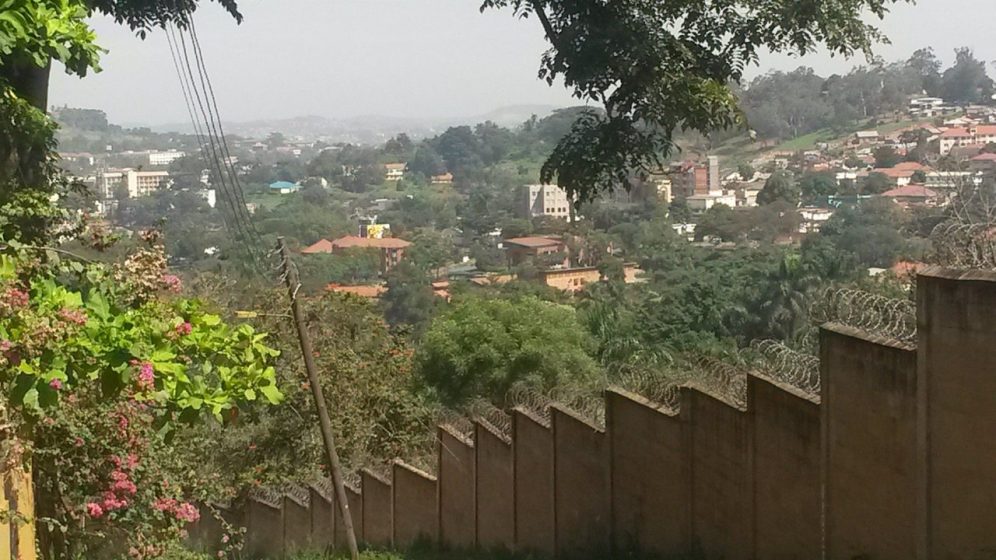
- Vegetation reduces heat
In the last year, temperatures have been at their highest on record both globally and locally in Kampala. These high temperatures have also been associated with below average rainfall recorded in the region around Kampala, which has been attributed to La Niña. One consequence of high temperatures and below average rainfall has been an increasing number of hot days and hot nights in the city. This has implications for health and livability in areas of high urban heat island intensity. Although there has not been a record of health challenges associated with the increasing number of hot days specifically in Kampala, there are indications that excessive heat stresses people, systems, and the availability of water in cities generally.
From a study on urban agriculture and forestry as a mediator of local climates, we know the rate at which different types of vegetation, and particularly trees, moderate the local ambient temperature [5]. Thus, one reason that nature should be conserved and increased in Kampala is the undoubted role vegetation plays in lowering temperatures. During months and nights of excessive heat, trees and plants critically reduce the temperature. This is a natural way of adapting to a warming climate compared to other possible ways. Thus, if future climatic scenarios involve an increasing number of hot days and hot nights, it is important that nature should be conserved in the city. That conservation should proceed because of its role in regulating microclimates that directly impact people at a local scale.
- Vegetation is key for stormwater management
Rainfall in Kampala is characterized by intense storms, delivering a total average amount of rainfall ranging from 10 to 45 mm in short periods. This intensity of rainfall, coupled with inadequate systems of storm management, today results in flooding even in places that previously were not experiencing flooding in Kampala. In the long rains of March to May 2016, there were several storms that led to widespread flooding in the city and high runoff that affected middle slopes as well as high slopes in some locations of the plateaus.
These recent excessive storms are just one facet of the story. If the storms increase in the future, then Kampala must be prepared for the consequences of increased flooding. The important economic reason why intensive rainfall should be a reason for conservation of nature is that these storms affect businesses and livelihoods, as well as damaging infrastructure, which is costly to construct in the midst of Kampala’s very minimal maintenance culture. It is economically reasonable that investing in nature will directly reduce costs associated with flood-related damages and losses. Nature-based green infrastructure is one of the strategies that the city needs to consider as a move towards reducing grey infrastructure. This should be taken seriously because allowing intense storms to chronically produce this damage slows the economic progress of people and households in the city.
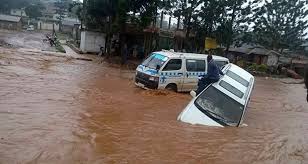
- The space between buildings is an opportunity for embedding ecosystem restoration and enhancement
There is also a pattern of redeveloping areas and infilling some empty plots and tracts of land with developments at various scales in the city. Redevelopments and infilling offer an opportunity for the enhancement of ecosystem services if nature is weaved in with the redevelopments—an additional reason to pursue the conservation of nature in Kampala. Redevelopments and infilling allow plot-level restoration, while infrastructure to city-regional interventions such as retentions, green mosaics, and corridors, can integrate natural infrastructure into the city. These interventions would have to rely on revised planning and development procedures, with adjusted, appropriate standards and requirements. Many of these would be at no cost to the municipality, while several incentives could be incorporated for developers.
But there are contradictions related to redevelopment and infilling, which also need to be dealt with. For example, whereas the city council and government could offer exemplars for the recommended green infrastructure interventions, these institutions are also leading the destruction of the existing green infrastructure by allowing infrastructure projects in wetlands, as well as clearing hilltops, with the justification that they are being laid bare for development. This trend has to be stopped and more comprehensive processes put in place in order to check the destruction of natural assets of the city. In areas open for development and where possible, nature should take precedent. Where this is not possible, the strategies of plot-level greening can be applied to ensure a path of creating green mosaics that then become weaved into the built urban form.
Conclusion
There are many evidence-based reasons that nature should and can be conserved in cities, including Kampala. In this article, I have given five reasons that illustrate both the urgency and possibility for attaining “low-hanging fruit” in enhancing the ecosystem of the city. As already documented, technological solutions will not provide all the answers to many of the intertwined problems that we are experiencing now.
We need to move away from the trend of handling urban development as separate from disaster risk reduction and climate action. Although this is the pattern, experience shows that these problems, just like their solutions, are very much interrelated. A comprehensive framework that provides a suite of solutions is the starting point that builds on existing practices. These general solutions would be appropriate in many African cities, though they would have to be adapted to the different ecologies. Starting small and building big is a more proactive approach to enhancing cityscapes’ abilities to address the challenges they face. Good development is good for well-being, economy, risk reduction, and nature, and existing cities need to check their development patterns and adjust their planning systems to incorporate nature into their development.
Shuaib Lwasa
Kampala
References
[1] G. Myers, Urban environments in Africa: A critical analysis of environmental politics, Policy Press, 2016. [2] K. Vermeiren, A. Van Rompaey, M. Loopmans, E. Serwajja, P. Mukwaya, Urban growth of Kampala, Uganda: Pattern analysis and scenario development, Landsc. Urban Plan. 106 (2012) 199–206. doi:10.1016/j.landurbplan.2012.03.006. [3] R. Timmermans, H.D. van der Gon, J. Kuenen, A. Segers, C. Honoré, O. Perrussel, P. Builtjes, M. Schaap, Quantification of the urban air pollution increment and its dependency on the use of down-scaled and bottom-up city emission inventories, Urban Clim. 6 (2013) 44–62. [4] Seasonal Performance – UNMA – Uganda National Meteorological Authority, (n.d.). https://www.unma.go.ug/index.php/climate/seasonal-performance (accessed December 12, 2016). [5] S. Lwasa, F. Mugagga, B. Wahab, D. Simon, J.P. Connors, C. Griffith, A meta-analysis of urban and peri-urban agriculture and forestry in mediating climate change, Curr. Opin. Environ. Sustain. 13 (2015) 68–73. doi:10.1016/j.cosust.2015.02.003.

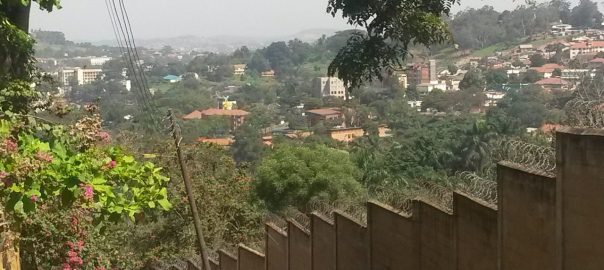
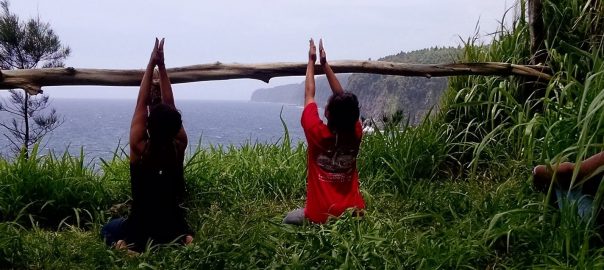
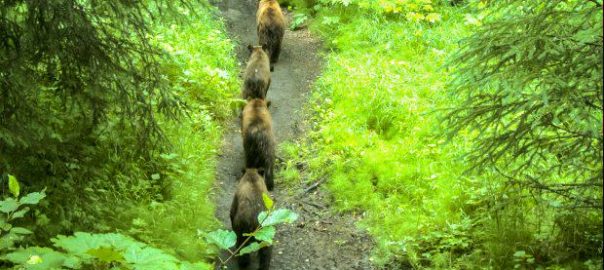
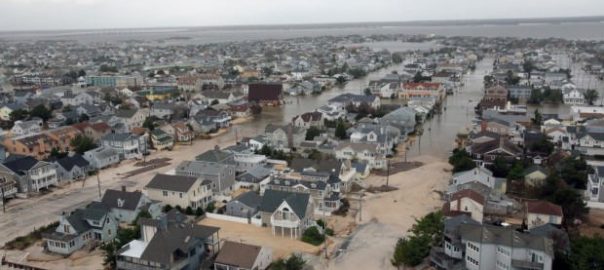

Leave a Reply